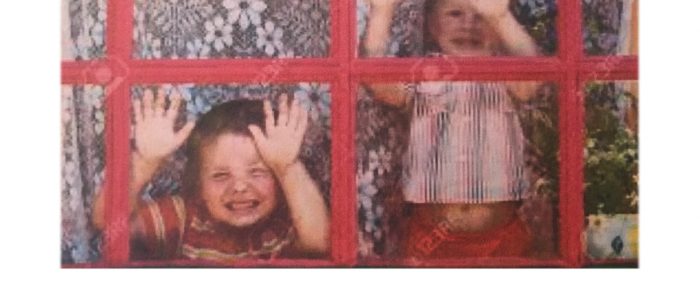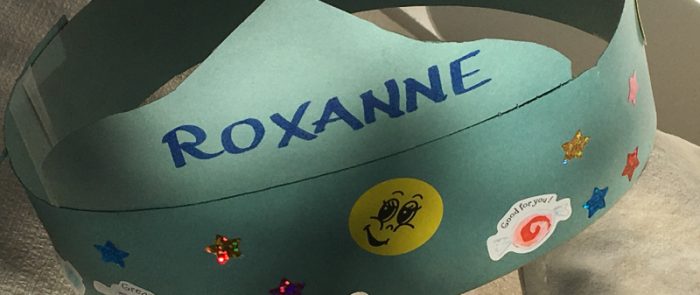By Dr. Roxanne Daleo
1. SLOW DOWN! Remember, your child is watching and modeling you- so BE PEACE and your child will be peaceful too.
2. Draw your child close with all your heart by giving her/him your time and attention.
BE LOVE and your child will be loving-kind.
3. Enjoy the moment– “Stopping By Woods On A Snowing Evening” is a poem by Robert Frost that reminds us to savor the quiet delights of winter. But in every season, we can BE HAPPY. Next time you pick up your child from school, do something joyful and unexpected on the way home–park the car by a snowy wood or waterway and create delightful memories while having a fun snack in the backseat of the car. If you do, your child will express joy too!








